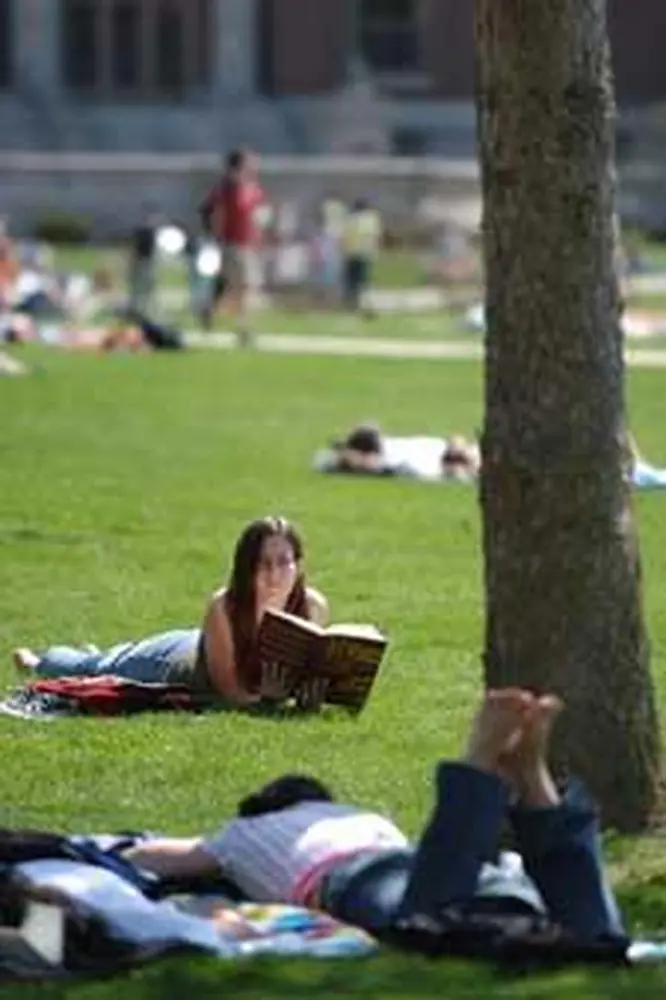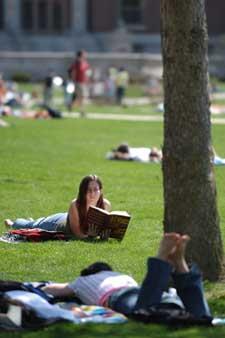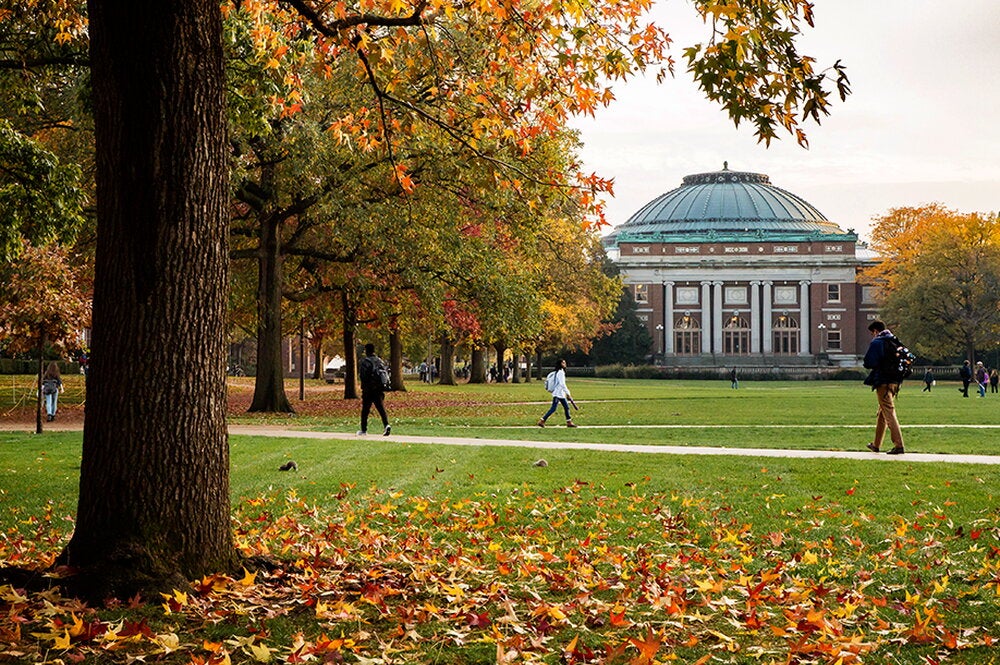

Last year in the Midwest, the dog days of summer more resembled the first days of autumn. Newspapers throughout Illinois reported on the record cool summer. On August 12, 2004, for example, Chicago had a high of 58; the day before it was 62. Record lows in the 40s were reported throughout the state that week. Two weeks later, hardwoods in the Chicago suburbs began to display their autumn colors. Chicago's summer was the 16th coolest on record, with average daily temperatures about two-and-a-half degrees below the 71-degree norm.
One reason for the unusually pleasant summer of ample sunshine and low temperatures and humidity was the 20 Canadian cold fronts that dipped south into the state during the season. The fronts brought high-pressure systems of dry air, pushing clouds and rain off to other parts of the country. Still, because of a wet early spring, rainfall amounts were adequate and led to the most bountiful harvests ever recorded in the region. These ideal conditions created 54 sunny days in the Midwest, compared to an average of 33. The extra sun added in photosynthesis and that, in turn, led to big harvests for Midwest grain farmers.
According to Stanley Changnon, LAS adjunct professor of geography and chief emeritus of the Illinois State Water Survey, the 2004 conditions were unlike any experienced during the past 117 years. Summers with frequent clear skies, well below-average temperatures, and above-average rainfall occurred in just two years in the past 117 years: 1927 and 2004. Skies were clear on many more days in 2004 than in 1927, and June and August rainfall in both years had different magnitudes.
The exceptional weather did more than put smiles on people's faces-it helped farmers set record yields. Illinois shattered yield records for corn (180 bushels per acre) and soybeans (50.5 bushels per acre).
Don't expect a repeat of the 2004 weather anytime soon, Changnon says, nor are the cooler temperatures a sign of global warming. "The atmospheric circulation pattern during summer 2004 was unusual, but these conditions and their crop impacts are not considered indicative of those expected with a change in climate due to global warming."


